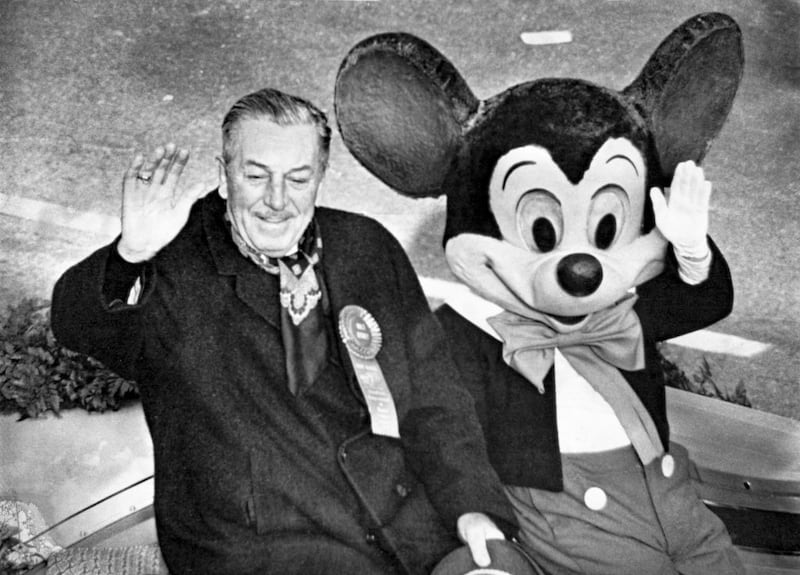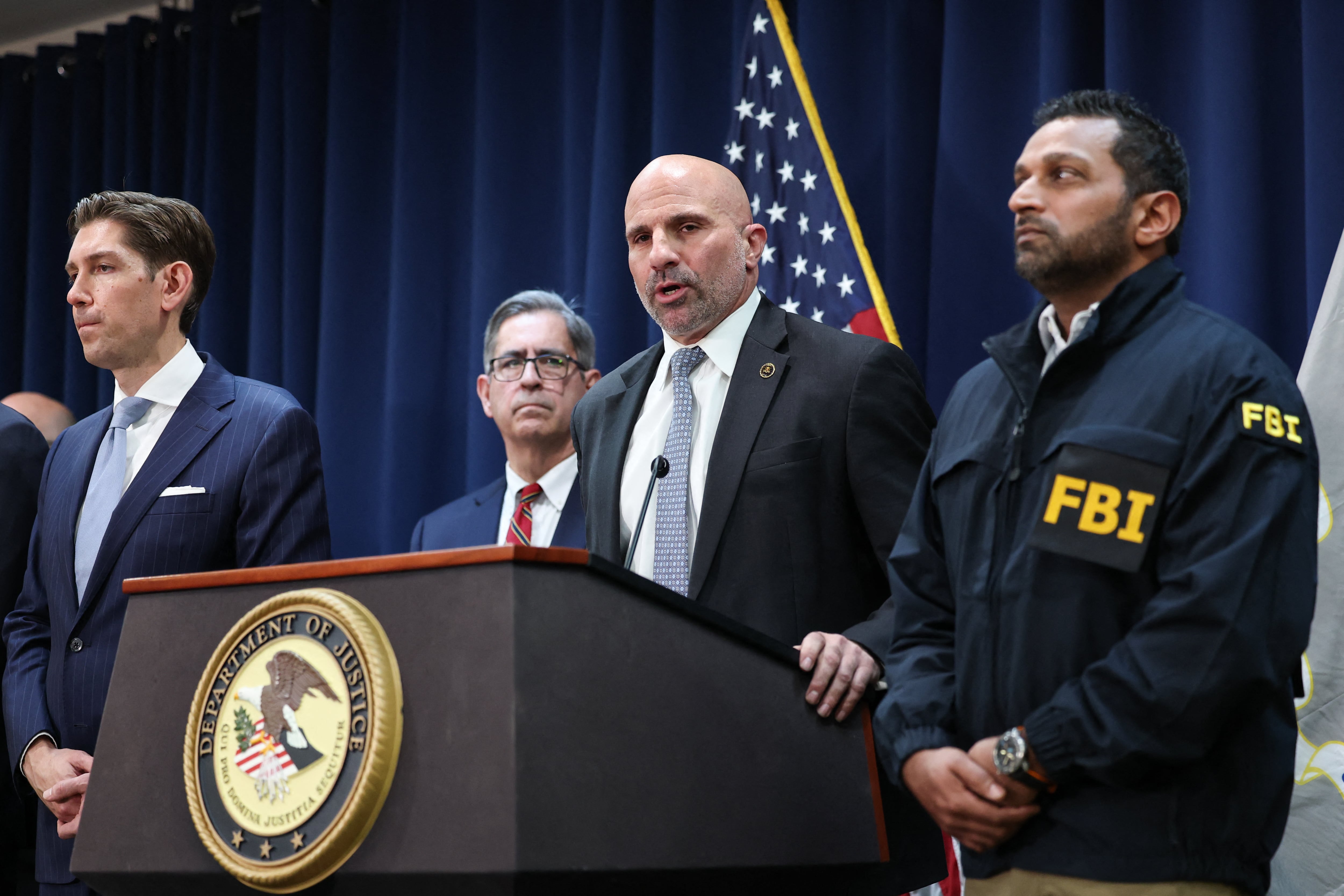A mouse has never been trapped for so long. Walt Disney’s pioneering 1928 sound cartoon Steamboat Willie finally escaped copyright this week, 95 years after first being shown.
The film brings with it the original Mickey Mouse, a black and white rodent who whistles jauntily at the wheel of the ship.
Other works have also entered the public domain in the US for the first time: DH Lawrence’s Lady Chatterley’s Lover, Bertolt Brecht and Kurt Weill’s The Threepenny Opera and Virginia Woolf’s Orlando. But none of the characters is worth as much, or has played such a role in copyright law, as Disney’s (and now the public’s) mouse.
Mickey has not scampered off entirely. You are now allowed to mount your own production of Steamboat Willie, but make sure that the main character does not resemble later white-gloved versions of Mickey, which remain in copyright. A further legal warning: do not give the impression that your version has anything to do with Disney by breaching its trademarks.
READ MORE
It is still a welcome liberation, given that copyright terms have been lengthened so often for the rent-seeking estates of authors, songwriters and inventors. The US Copyright Act of 1790 permitted up to 28 years of exclusivity “to promote the Progress of Science and useful Arts” but it has been stretched, notoriously in the 1998 law dubbed the Mickey Mouse Protection Act.
Pity all those characters, locked up in their copyright towers by the law. Copyright does not prevent royalty-paying adaptations of works including Lady Chatterley’s Lover and Orlando. But the intention of the limited monopoly was, as the Supreme Court once noted, “to motivate the creative activity of authors and inventors”, not to facilitate an intellectual property industry.

Housing in 2024: ‘several more years before we see the quantity of houses we need’
I went to Hansel and Gretel at the Royal Opera House in London at Christmas. The lovely opera by Engelbert Humperdinck, with a libretto by his sister Adelheid Wette, was adapted from a version of the story in Grimms’ Fairy Tales. Jacob and Wilhelm Grimm mined the public domain for their works and the opera was staged in 1893, the year the family’s copyright expired.
When the naughty siblings get lost in the forest at night and go to sleep, this production has them watched over not by Wette’s 14 angels but by characters from the Grimms’ books, including Snow White. From the red bow in her hair to the red apple she holds, she is inimitably Disney’s princess.
I guess this counts as fair use in copyright law (as does the witch’s Psycho-like house). But it makes the point elegantly that creative works often build on previous iterations of stories, rather than being wholly unique: in this case, Snow White migrated naturally from German folk tales to the Grimm brothers, to Disney in California.
That does not prove there should be an intellectual commons. Walt Disney expressed the story in his way, employing many talented artists to do so. His company deserved to be rewarded with exclusivity for long enough to encourage others to create original cinematic works.
There are plenty of cases of copyright wrongly being breached, the latest being the use of images and text to train artificial intelligence models. The New York Times last week sued OpenAI and Microsoft for ChatGPT’s unauthorised exploitation of its material: ask the right questions and the supposed oracle will simply regurgitate large portions of the work of NYT journalists.

But copyright needs to be time-limited and not too restrictive. As Betsy Rosenblatt, a professor at Case Western Reserve University, put it to me this week, “Copyright is intended to encourage progress. We have to allow people to build on what came before, and not just allow, but encourage it.”
Companies have other means of protecting their property, such as trademarks, which can last indefinitely. Anyone can make cola but it cannot be marketed in Coca-Cola’s red cans and curved bottles. Disney has embedded a clip from Steamboat Willie in its animation studio production logo and turned the image into a trademark. It does not take infringement lightly.
Characters have the strongest case for copyright parole, since the law is ambivalent anyway. Cartoon figures such as Mickey Mouse are protected by films in which they feature, but literary figures need to be distinctive or to embody a narrative. Sam Spade, Dashiell Hammett’s detective, was once judged not to be part of Warner Bros’ contractual rights to The Maltese Falcon.
This makes sense, since many princesses, angels, detectives, spies and other archetypes could otherwise be inveigled into copyright, not to reappear for decades. Even so, thousands of characters are stranded when they should have joined the public domain, where Walt Disney found inspiration.
Surely heroes and heroines deserve time off for good behaviour? Literary estates lock up their characters for as long as possible to prolong a stream of earnings, but they mostly encourage the creative work of lawyers. This week’s release should be an inspiration: set more Mickeys free. – Copyright The Financial Times Limited 2024













